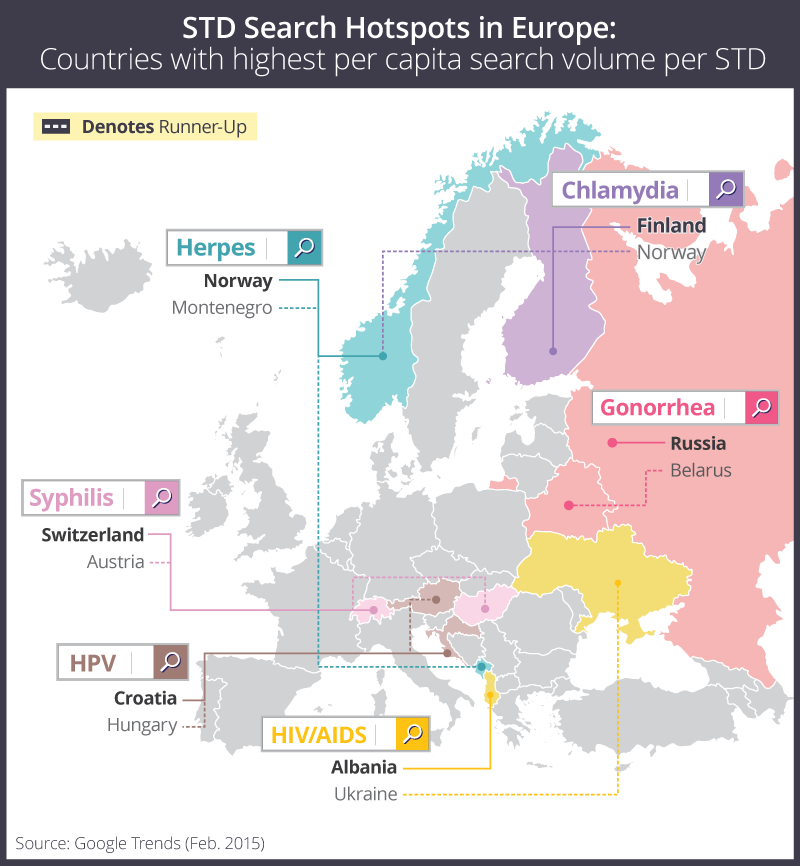
/https://www.thestar.com/content/dam/thestar/news/world/2016/10/09/a-helpful-guide-for-the-probably-inevitable-return-of-untreatable-gonorrhea/6-hot-water-apparatus.jpg)

This aspect is strengthened by the demonstration that in case of bacterial vaginosis, a clinical condition characterized by the depletion of lactobacilli, a higher risk of STI transmission and acquisition is reported ( Taha et al., 1998 Martin et al., 1999 Wiesenfeld et al., 2003 Abbai et al., 2015). This can lead to complications and sequelae including pelvic inflammatory disease, tubal infertility, and ectopic pregnancy ( Price et al., 2013 Menon et al., 2015).Ī normal vaginal microbiota, dominated by lactobacilli, is crucial for the prevention of several urogenital and sexually transmitted infections, including Chlamydia ( Gupta et al., 1998 Spurbeck and Arvidson, 2008 Parolin et al., 2015 Nardini et al., 2016 Foschi et al., 2017 Ñahui Palomino et al., 2017). In women, urogenital CT infections are often asymptomatic, thus remaining unnoticed and untreated. trachomatis, getting insights into the role of the cervico-vaginal microbiota for the woman’s health.Ĭhlamydia trachomatis (CT) represents the agent of the most common bacterial sexually transmitted infection (STI) worldwide ( ECDC, 2015). In conclusion, we identified a potential molecular mechanism at the basis of the protection exerted by L. The three Gram-positive bacteria used as controls failed to modify the expression of α5β1 integrin. It follows that α5 integrin subunit is crucial for the pathogen infection process, and the anti- Chlamydia activity can be directly linked to membrane properties modifications in cervical cells. When α5 integrin subunits were masked by a specific blocking antibody or ITGA5 gene expression was silenced, Chlamydia infection was significantly reduced. The incubation of HeLa cell line with BC5 cells induced important modifications in the epithelial plasma membrane, by altering lipid composition and α5 integrin subunit exposure. The potential mechanism of protection was investigated in Lactobacillus crispatus BC5, chosen as the model strain. trachomatis infectivity, Lactobacillus activity proved to be specific. As other Gram-positive bacteria (i.e., Streptococcus agalactiae, Enterococcus faecalis, and Bacillus subtilis) failed to interfere with C. Although a dose-dependent effect was noticed, a significant antagonistic activity was maintained even at lower doses. trachomatis infection in HeLa cells, by exclusion assays. In particular, we evaluated the capability of lactobacilli cells to interfere with C.

We evaluated the in vitro activity of 15 Lactobacillus strains, belonging to different species (i.e., L. trachomatis and the epithelial cervical cells. This study aimed to elucidate the molecular bases of the interaction among vaginal lactobacilli, the sexually transmitted pathogen C.

Although many studies have discussed the mechanisms displayed by lactobacilli in counteracting several urogenital pathogens, a few data are available on the interaction between lactobacilli and Chlamydia trachomatis. Lactobacilli play a crucial role in maintaining the ecological equilibrium of the vaginal niche, preventing the colonization of exogenous microorganisms. 2Microbiology, Department of Experimental, Diagnostic and Specialty Medicine, University of Bologna, Bologna, Italy.1Department of Pharmacy and Biotechnology, University of Bologna, Bologna, Italy.Carola Parolin 1†, Giulia Frisco 1†, Claudio Foschi 2†, Barbara Giordani 1, Melissa Salvo 2, Beatrice Vitali 1*, Antonella Marangoni 2* and Natalia Calonghi 1


 0 kommentar(er)
0 kommentar(er)
